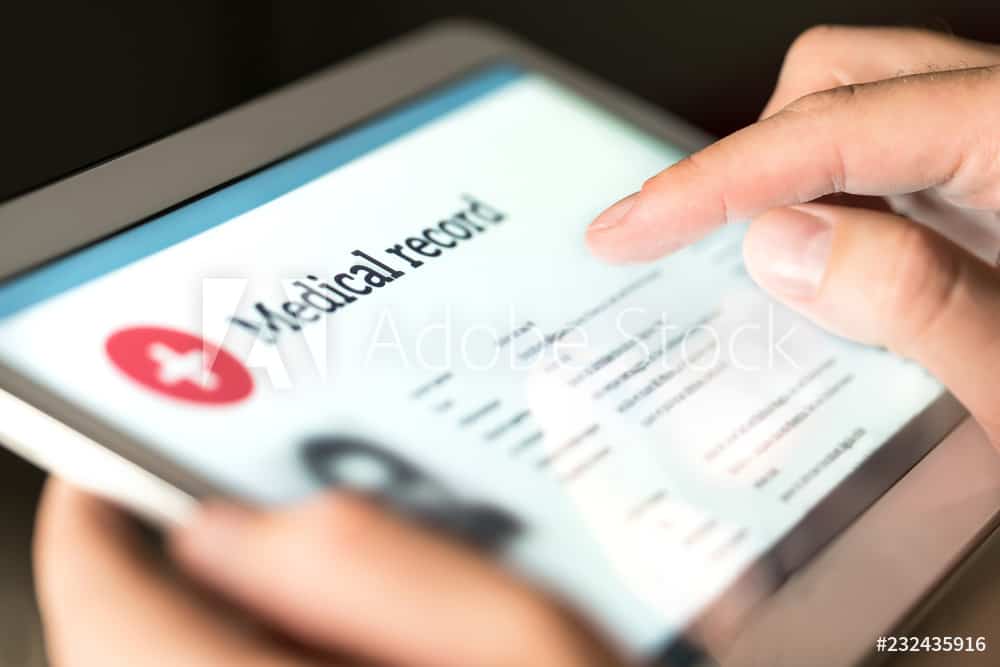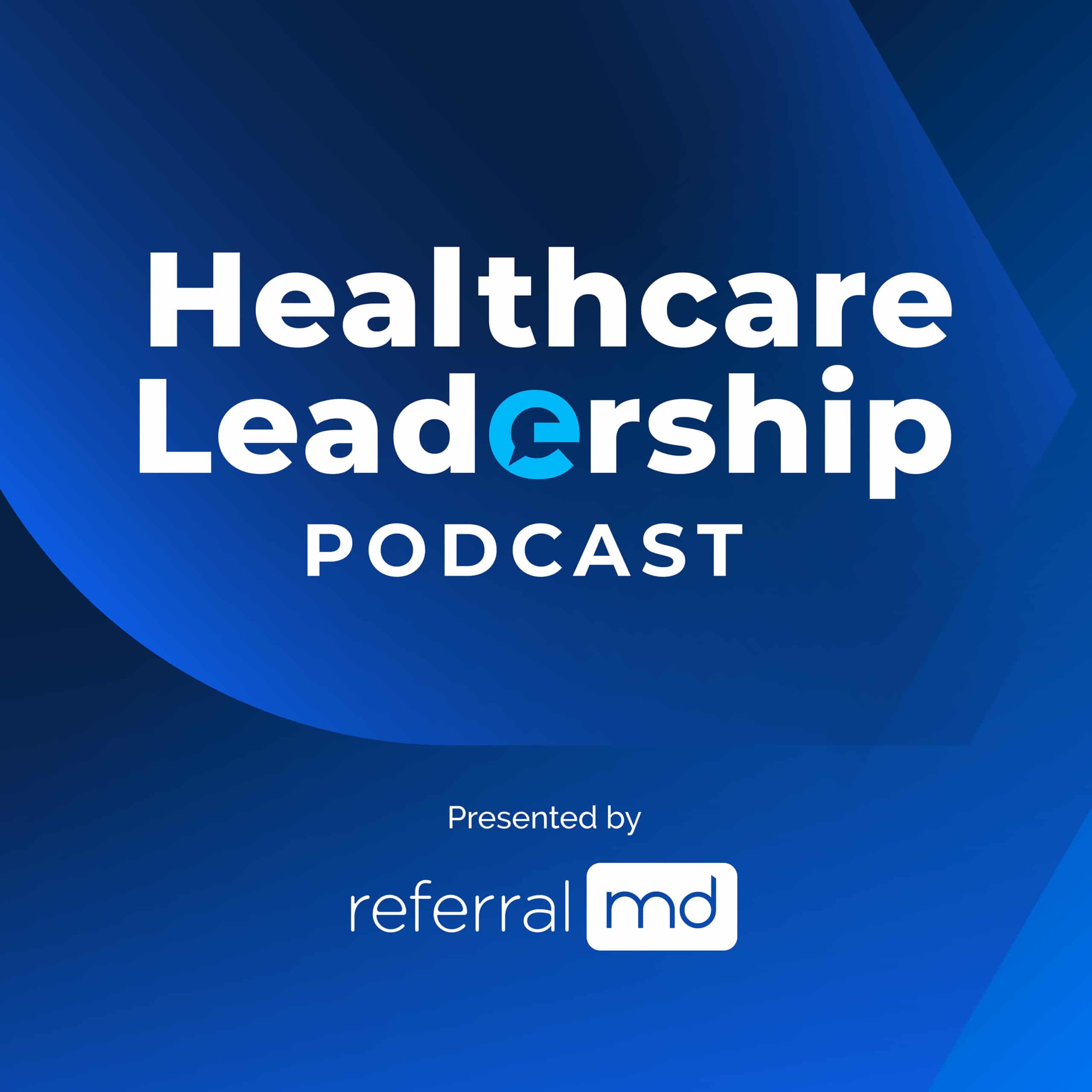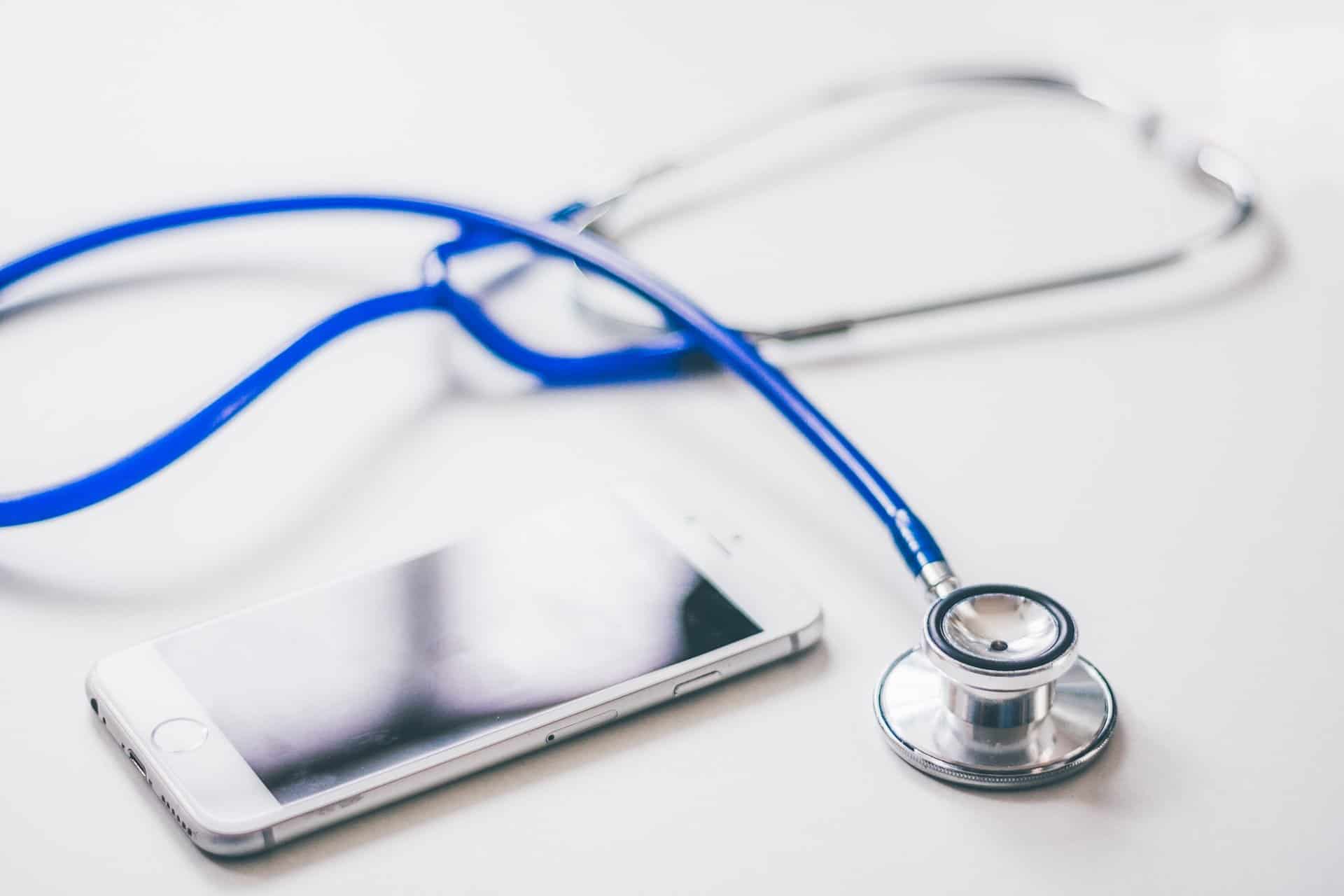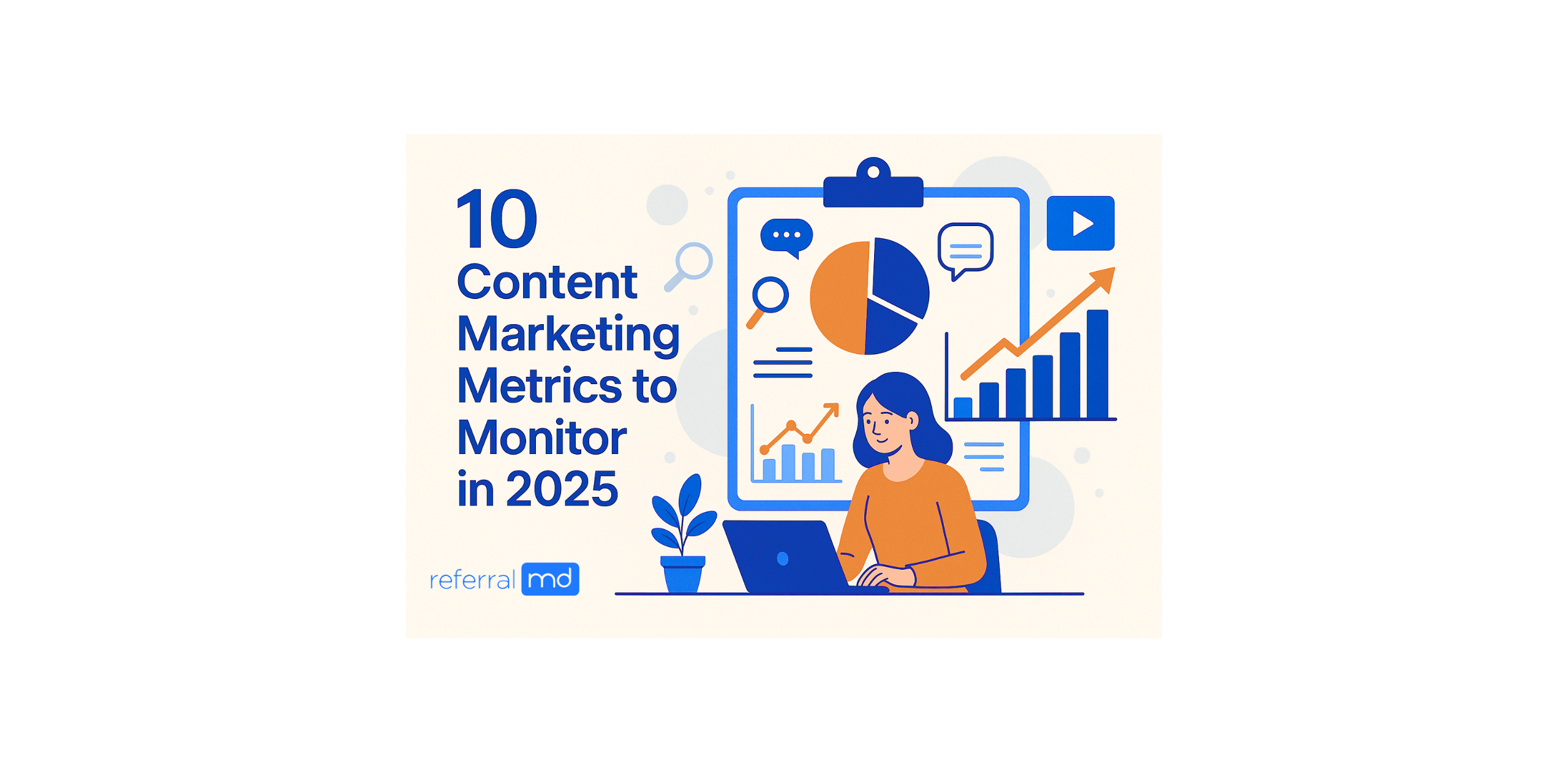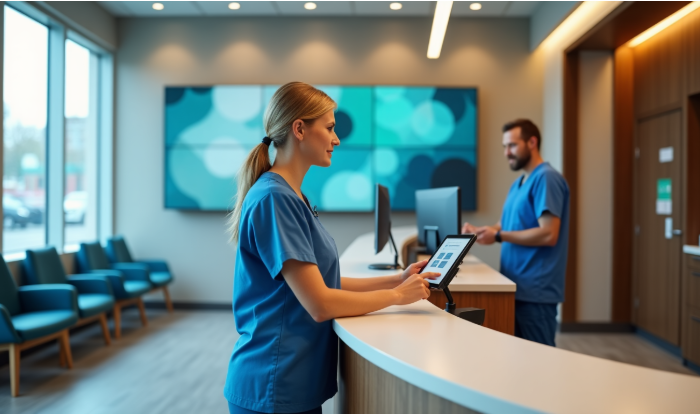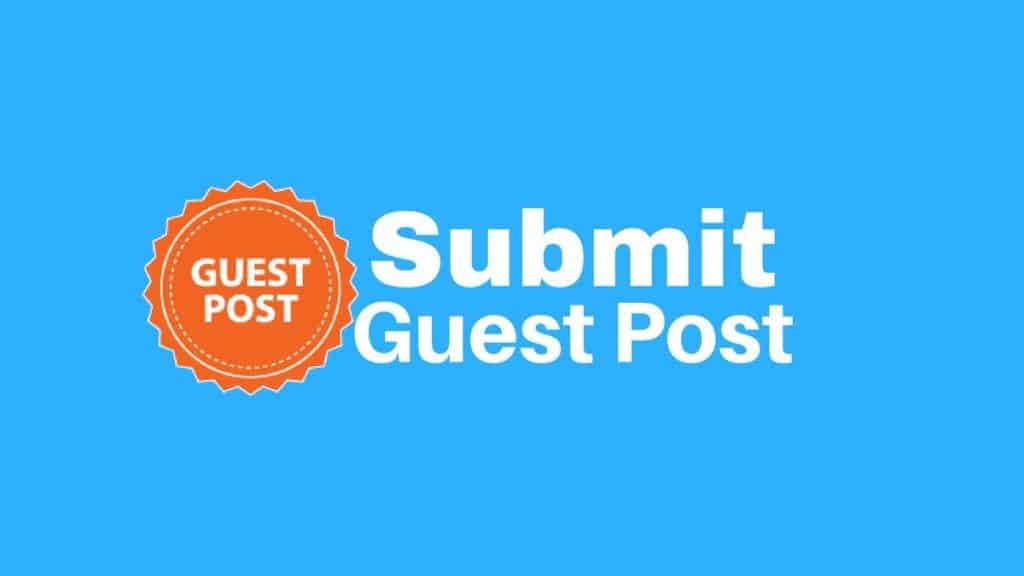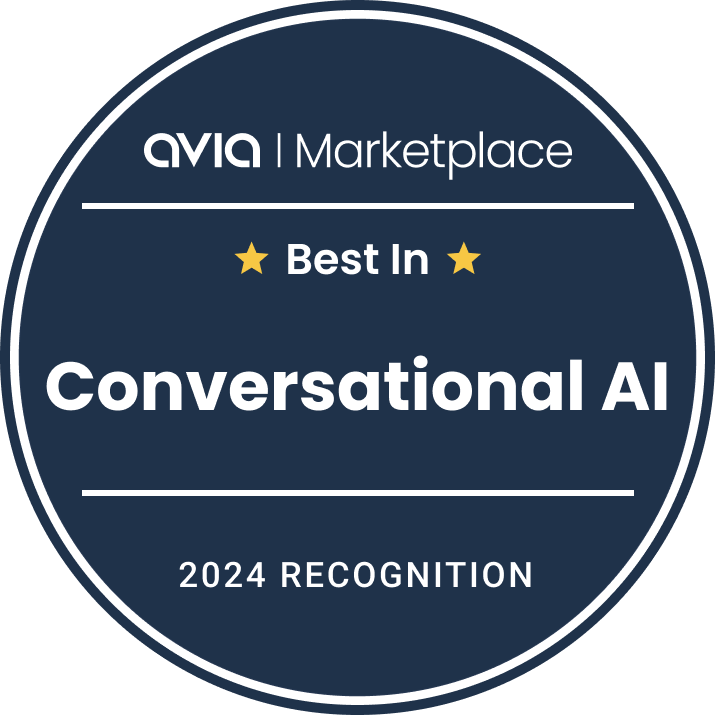Twenty-somethings can be a tough crowd to please. They’re glued to their smartphones, opinionated, and entirely dependent on technology. When facing an illness, they’ll jump head-first into the information-abyss of a Google search. By the time they make it to the doctor’s office, they’ve already digested 15 academic studies and 10 online articles.

As the Pew Center points out, this hyper-connected behavior is a double edged sword — on the one hand, millennial patients have the resources to be their most empowered and informed. The problem? These young information-seekers risk falling prey to poorly researched online articles, bad advice on social media, and the impulse to self-medicate to avoid expensive ER visits. Not to mention, some members of this demographic are deluded enough to think that they’re ‘too healthy for healthcare.’
It’s an understatement to say that there’s a disconnect between healthcare providers and their Gen Y consumers.
A 2012 study from ZocDoc and Harris Interactive found that millennial adults are so frustrated with healthcare that more than half will delay seeking medical attention — seeing the doctor is too much of a “pain,” they say. Even more worrisome? The study found that 79 percent of respondents think it’s easier to evaluate a new gadget than a new doctor or dentist and that 76 percent think it’s easier to find information about a hotel than medical provider.
It’s easy to write off millennial technophiles as snobby or quirky. But here’s the thing. This new generation of healthcare consumers is here to stay, and their participation is mission-critical to the medical ecosystem. Take the Affordable Care Act (ACA), for instance — a system that needs young and healthy people to sign up. This is because millennials between the ages of 18 and 29 tend to have lower healthcare expenses. The monthly premiums paid by millennials will, essentially, subsidize premiums for older, less healthy adults.

As a recent NPR article points out, the ACA has been heavily marketed to audiences of young consumers, as this group needs insurance more than any other. According to recent Census data, 27 percent of 18 to 34 year olds were uninsured in 2012. What’s even more surprising, however, is a poll conducted by the Harvard Institute of Politics, which states that 40 percent of 18 to 29 year olds are unsure about whether or not they want to sign up for an ACA plan.
The fact is that millennials aren’t invincible. When they’re hit hard with an illness, they’ll fall even harder. When a dormant, rare, or unexpected illness rears its ugly head, the consequences can be disastrous — bankruptcy, physical damage, escalating problems, and potential death are all within the realm of possibility for a serious complication. Physicians and healthcare providers can’t afford to circumvent Gen Y quirks — the more effective and efficient solution is an appeal towards their skeptical influences.
Respect them. Convince them. Partner with them. The following 3 technology tips can help healthcare providers build strong millennial relationships.
1. Research How Millennials Use Technology
Organizations like the ACA will frequently invest significant time and energy in marketing to millennials — but marketing isn’t enough.
Health-focused organizations need to understand how young adults actually use technology. It doesn’t matter whether you’re part of a political organization, large hospital, or small healthcare practice. Before launching a website, creating an online form, or deploying any messaging system, you need to understand how people are going to respond. Otherwise, you’ll waste money and be stuck in a major blind spot.
This pain point was a major shortcoming for HealthCare.gov. Alex Bratton, writer for Chicago Business, bluntly points out that “in addition to the many technical issues, the website developers appear to lack an understanding of the intended audience.” Had the HealthCare.gov team understood its audience, the website would have likely been developed as a mobile app first.
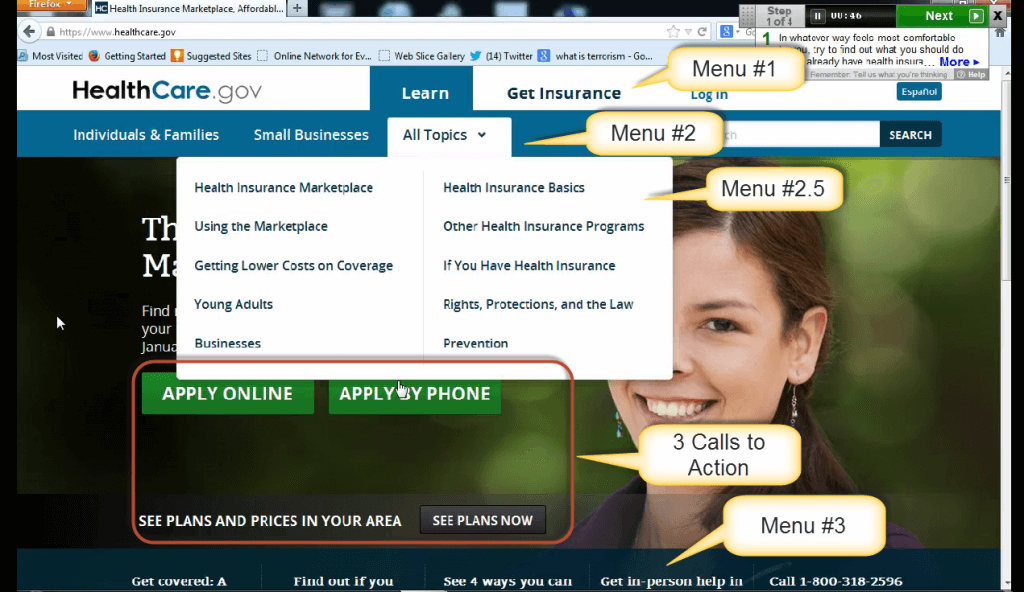
“With so much hinging on millennials signing up for Obamacare, it’s baffling that ACA administrators completely ignored how millennials get their information,” Bratton writes.
Gen Y consumers are a ‘mobile first’ generation. They’re rarely tied to their computers and constantly on the go. According to a Pew Center study, half of surveyed millennials say that they do most of their online browsing from a cell phone. And millennials aren’t the only demographic that’s dependent on their phones — across the age spectrum, 34 percent of cell users reported that they mostly access the Internet using their phones.
When it comes to mobile, users demand information quickly, efficiently, and seamlessly. They don’t want to be scrolling excessively or filling out lengthy forms.
“Mobile experiences are often a series of micro interactions – quick tasks that the user performs, often in a highly distracting, public environment using a very small screen,” explains UX expert Laura Klein in a recent interview about designing mobile experiences. “A good mobile experience keeps important tasks quick, obvious, interruptible, and performable with a limited about of input.”
The first step to designing an elegant user experience is research. In addition to web analytics software like Google Analytics, health providers can use tools like UserTesting to collect input about what potential users are thinking and feeling. You can avoid costly mistakes by testing your website before setting it live.
2. Curate Peer-Generated Resources
Today’s consumers are information driven, and they’re highly dependent on stories from their peers. It’s important to remember that doctors are only one part of the health education ecosystem — patients want to learn from fellow patients about how to manage their conditions and pay their bills.
Doctors and healthcare providers won’t have all the answers. That’s why patients and caregivers are seeking health advice through channels including online discussion forums, blogs, and social media. Healthcare providers, however, can learn a powerful lesson from some of social media’s biggest influencers — content curation is just as important as content creation.
If you find a great story or piece of information, keep it on file using a tool like Pocket. When patients come to you with questions, you’ll have an arsenal of consumer-friendly stories to immediately share.
Let’s say you’re dealing with a twenty-something who’s skeptical about buying health insurance, for instance. “I’m too healthy” may be what she says. You can respond by showing her this thread that recently went viral on Reddit, a popular website for sharing and commenting on content.
The story features a 20-year-old man who underwent an appendectomy — an unexpected and unpredictable medical procedure — in October 2013. The original cost for the procedure was over $55K, which health insurance lowered to $11K.
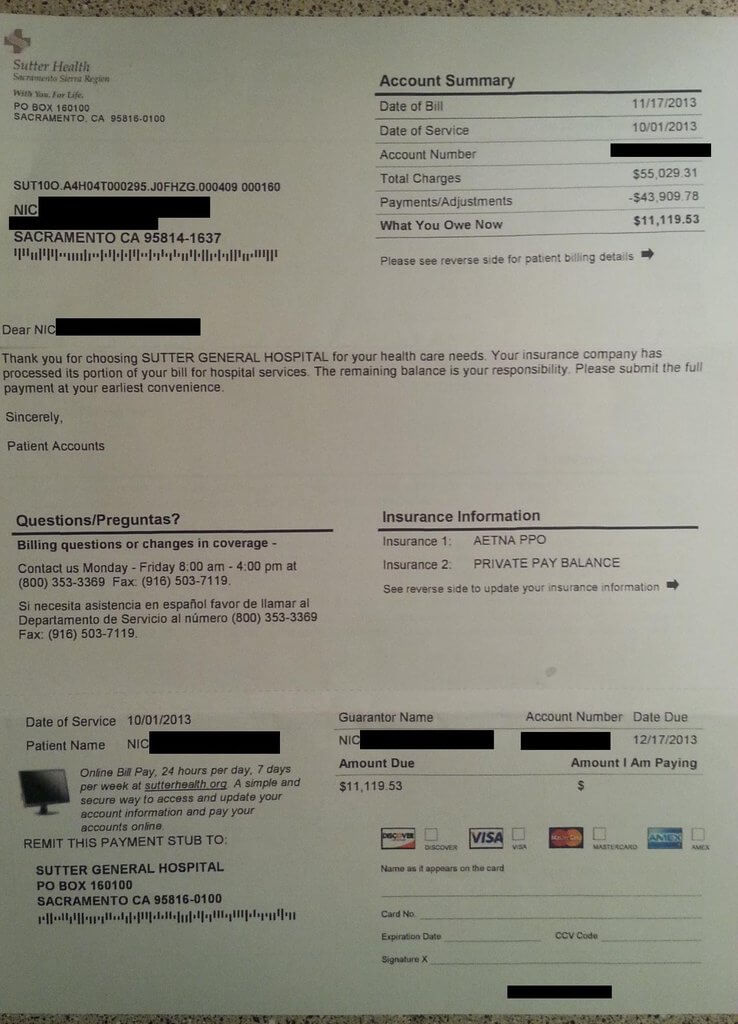
Commenters on Reddit quickly joined the conversation, sharing their own experiences about unexpected health events and expenses.
One 24-year-old had to file for bankruptcy to cover costs related to cancer. Even though Medical covered his $150K in expenses back in 2009, his follow-up care caused him to rack up $50K in debt. He did not have insurance, so he could not pay. The result? His bankruptcy will pose a significant hurdle to major life milestones including buying a house, pursuing a career, and getting married.

A healthcare provider isn’t in the optimal position to teach patients these invaluable lessons — but she can connect her patients to powerful resources and stories from fellow healthcare consumers.
3. Reduce Dependency on Phone Calls
Millennials don’t like talking on the phone or waiting on the line to talk to your office’s administrative representatives. They expect immediate access to information and prefer to use their time efficiently. Yes — they’re glued to their smartphones, but they’re hesitant to pick up these devices to talk to somebody on the other line.
It’s easy to deride millennials for their digitally inclined preferences. The reality, however, is that millennials have a valid point. It’s a waste of time to chase down information that can otherwise be transmitted digitally and available on demand. Not to mention — if you don’t have a pen and paper handy — it’s easy to lose track of important information.
Email, online communication dashboards, and text messaging can simplify communications. A record of information is always available and accessible, and patients never need to feel like they’re caught off guard with a scheduling call.
Unfortunately, text-based communications can raise serious red flags related to patient privacy. Text messages, for instance, are not generally secure because they lack encryption. It’s also impossible for the sender to know — with certainty — whether the message has reached the intended recipient. Telecommunication and wireless carriers may also store a copy of the message.
These risks, however, may not outweigh the benefits of reaching millennial consumers through their preferred communication channels. Organizations can conduct a risk analysis or implement a third-party messaging solution that incorporates measures to establish a secure communication platform that will allow texting on approved mobile devices. HealthIT.gov has outlined five steps that healthcare providers can take to fully protect themselves.
Providers can exercise caution by limiting communication to administrative, scheduling, and logistical details via text — functionally speaking, this communication channel is similar to leaving a voicemail.
Your Thoughts
How has your health practice been successful in building key relationships with millennials? Share your thoughts and experiences in the comments section below.
Images Courtesy of Kamil Martinovsky/Shutterstock; Everything Possible/Shutterstock; ConversionMax; Reddit/zcypher; Reddit/bigpulve; Time Magazine
